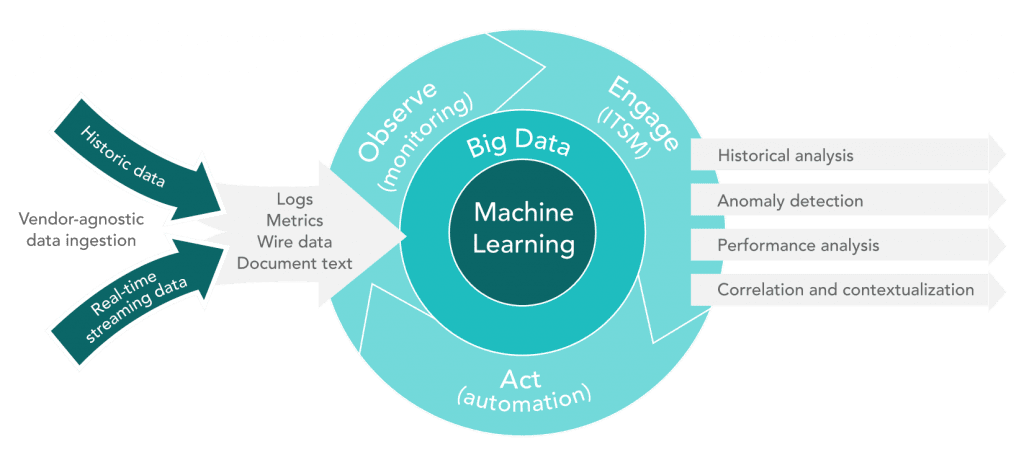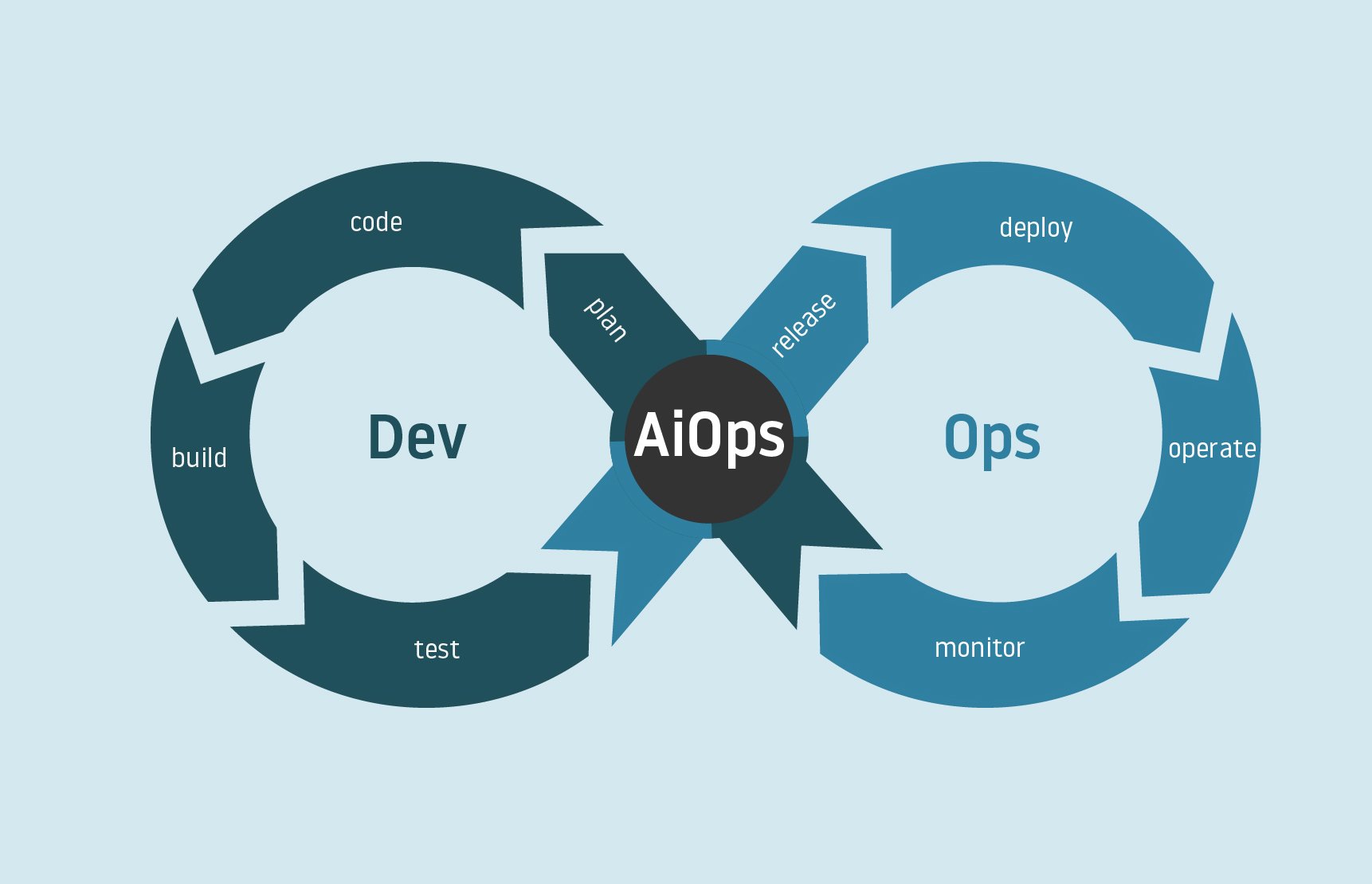When we talk about combining the possibility of AIOps for observability, it is supposed to empower enterprises with automation for IT operations. You can use the elements of AIOps to enhance IT teams’ resources to track and optimize modern IT infrastructure. In this post, you will learn about the concept of observability and how AIOps can be helpful to enterprises.
Overview To Observability: What is That and Why It Matters
Enterprises generate enormous amounts of data, most of them they may never look at, and IT teams are stressed out with overloaded data. Enterprises are moving to observability due to today’s IT environment’s increasing complexity and dynamism.
At a higher level, observability is the capability to evaluate the core states of a network by monitoring its output. A network is marked “observable” if the existing status can be projected by only using details from outputs, such as collecting and observing data.
Observability has gradually been used to enhance the performance of distributed IT networks. In this perspective, when you implement observability, it uses three types of data such as metrics, logs, and traces to deliver a clear view into distributed networks and allow enterprises to go through to the root cause of a variety of problems and enhance the system’s performance.

Therefore, if the observable system is more visible, it will enable teams to identify, manage, and improve performance. Enterprises can use observability to accomplish innovative levels of visibility that are concentrated on valuable business services that help businesses throughout the digital transformation.
Why Is AI So Valuable for Advanced Observability?
Observability will be at its best when it is implemented with the AIOps platform as it facilitates automation and valuable insights into the entire infrastructure. Let us check out the core reason why AI is important in ensuring true observability.
Proactive problem detection and action
AI is an all-important requirement when it comes to preemptive problem detection and action. It allows SRE (Site Reliability Engineer) teams to do their jobs efficiently. To quickly get to the root cause of the problem, AI and ML capabilities allow teams to predict the possible issues long before it creates any hazard.
Downtime of the business-critical network can cost millions of dollars, reputational risks, and damages, and reduce customers, which can have long-term consequences. Furthermore, this can result in decreased internal productivity, penalties, and legal disputes.
Enhances ITOps ability
Businesses are acquiring major advantages from AIOps, which now ranks as a phenomenally successful IT analytics and end-user experience analytics. This is because ITOps helps enterprises plan, develop, and observe the entire infrastructure.
ITOps frequently faces massive difficulties and challenges that impact the firm’s overall productivity. However, ITOps, as we know it to be now, mostly concentrates on the teamwork endeavors of the various teams within the organization liable for making sure the successful IT operation. This led to the successful implementation of AIOps to enhance ITOps ability.
Decreases monitoring noise
ITOps tools deal with thousands of events within on-premises and cloud environments, which gives rise to monitoring noise. AIOps empowers enterprises by providing pattern recognition, event correlation, and anomaly detection to represent just the important alerts that need attention immediately.
AIOps reduces monitoring noise by using pattern recognition, vent correlation, and anomaly detection to identify and transmit only the most critical alarms. For today’s ITOps teams, who are entrusted with adjusting to the drastic transformation of IT environments, observability is becoming increasingly vital. Monitoring systems are used to collect, store, and evaluate data produced by all the involved IT systems. IT operators were responsible for reviewing the produced data sets and making the necessary decisions.
Discover the possibility of AIOps and Observability
Developing highly observable systems require a comprehensive understanding of all the available services and applications. AIOps and observability provide the context and awareness needed for automated remediation of issues and smooth operations while allowing ITOps teams to focus on excellent end-user experience.
The transformative effect of AIOps is grabbing the attention of IT leaders as they get progressively more passionate about applying the potential benefits of AI to their IT operations. If you want to achieve true observability, you can only achieve it by collecting all the accurate telemetry data and applying the intelligence of AIOps to evaluate the data and make informed decisions from the valuable insights.
Conclusion
A genuinely observed infrastructure that efficiently leverages AIOps can help enterprises in reaching out to appropriate conclusions on service reassurance to reduce disruption and downtime. That is why it is essential to have a platform that prevents outages and adds value to the end user’s experience.








